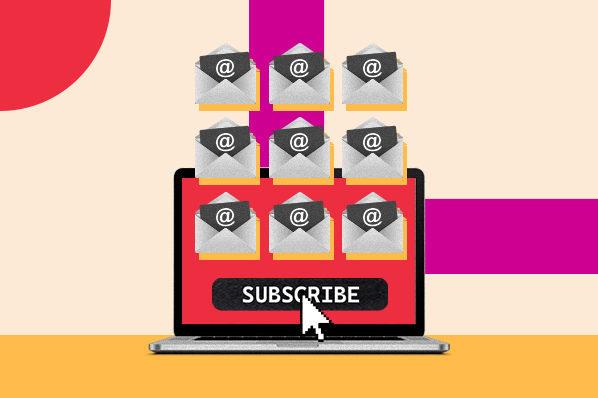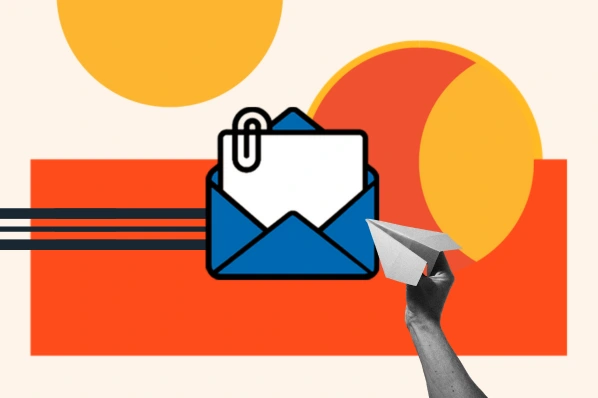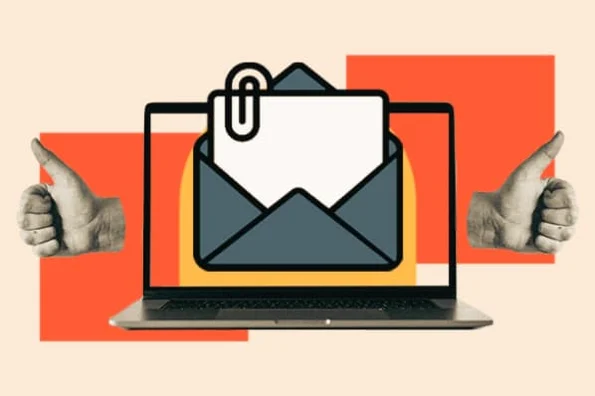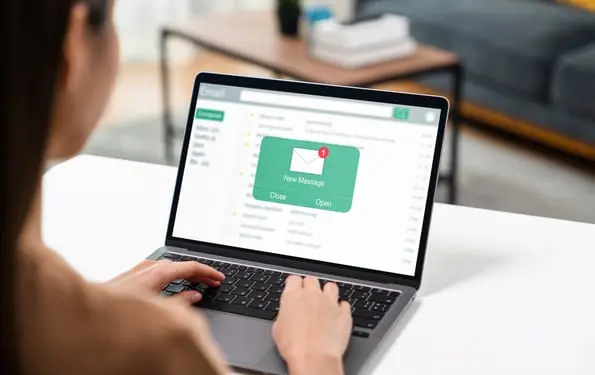Marketers often think of running contests for things like branding, customer delight, and fan engagement -- but that's not all they're good for. Created a certain way, contests can also help you fill your funnel, making your audience and your boss happy at the same time.
Convert more visitors into leads. Try HubSpot's free email capture software here.
We've seen this happen first-hand at HubSpot. Last December, my team had the idea to run a contest, but wanted to see if there was a way to tie it more closely to business objectives. Our idea? Run a holiday-themed contest and give away eighteen $100 Visa gift cards, one for each winner and an additional gift card for one of their colleagues.
The aim of the contest was to delight customers, increase engagement, and increase brand awareness ... while also generating actual email contacts. Would it work? I'll spoil the ending for you: It sure did. To help give you ideas if you want to run a similar contest, I've broken down the approach below that we took to running the contest.

How to Run a Contest
1) Choose a Platform
While you don’t necessarily need a platform to run a contest, I would highly recommend shopping around for a platform built explicitly for such a purpose. Contest platforms provide functionality that you wouldn’t necessarily think you need at the beginning of your contest (but will appreciate later). For example, it was extremely helpful to have certain features built in from the start, such as multiple types of contest entries, quick tallies of the entries, and random selection of the winners.
The type of contest you're running will usually dictate what features you find important and what functionality you'll need, but there is one key feature all contest platforms should have: social sharing integrations. Getting a contest to go viral is the best way to make it bigger and better than you initially imagined -- and having certain social sharing capabilities in the platform will make that much easier. So when you're considering platforms, think about what kinds of social media activities you'd like entrants to do.
In our contest, we primarily wanted people to enter with an email address (it was designed to help us build our database, after all). We also wanted to get a larger reach from our contest, meaning we counted the following actions as extra entries:
- Following HubSpot on Twitter
- Tweeting a link to the contest
- Sharing via email
- Sharing via Facebook
After perusing a few of the major platforms I settled on using Gleam because it allowed me to directly integrate with HubSpot, entering contestants into a list automatically. Most platforms require you to export contacts from the contest platform and into your database (one extra step that I’d rather avoid). Gleam also has functionality to disqualify people if their email address doesn’t exist, and it won’t let them enter the contest if they are outside of the U.S. and you’ve selected U.S. only.
2) Set Up Your Contest
Deciding how many winners there will be, how long your contest will run, and where to promote it are often the biggest items on your to-do list when you are just getting started -- but that's not actually the best place to start.
Instead, think about the ultimate, bottom-line goals you're hoping to achieve, and backtrack your contest-specific goals from there. So if you're hoping to generate 100 leads from the contest, and you know that your typical visit-to-lead conversion rate is 10%, you know that you need 1,000 visits (at least) to your contest. And knowing that visit goal can help shape how you promote your contest (and the rest of the other items on your contest to-do list).
When we ran the Holiday Hero Contest, our goals were of net new email addresses, number of shares per channel (email, Twitter, Facebook), and number of selected winners. Outlining these goals helped keep our expectations both realistic and achievable, and it also provided a benchmark of what success for this contest (and future contests) would look like.
3) Run the Contest (But Make Sure to Check on It)
Now's the part you've dreamt about: Actually pushing your contest live, promoting it, and getting entries. How you exactly do that will depend on your contest goals, but if you need some ideas on how to promote your contest, check out this free resource.
To generate interest, my team shared the contest across multiple channels: We created a dedicated landing page for our contest, then blogged about it, emailed it to our database, put together specific Pinterest boards, and shared that landing page all over social media. Since the contest was only available in the U.S., we made sure to share it with that audience.

Throughout the promotion cycle you’ll also want to “take the temperature” of your contest. Are your promotions successful? How is your contest doing across various platforms? Is your technology working the way you expect? Are contacts being properly fed from the contest app into your database? Are contestants getting a follow-up email about their entries?
These are all questions that can only be answered by frequently checking on your contest settings. I would recommend checking these settings every day or every other day just to ensure that if you do run into any hiccups, you can quickly address them.
4) Choose Your Winners
So now that you've gotten all of your entries, you've got to select your winners and let them know they've won.
If your platform lets you randomly select a winner, we'd highly recommend using that (unless your contest rules say otherwise). Once they're selected, it's up to you to do the reaching out.
In our contest, we chose to email the winners to let them know. We also emailed the rest of the entrants to let them know that winners had been chosen, as one big complaints about contests is the mistrust as to whether anyone actually received the prize.
The best part of running a contest has to be the delight that people experience when they win. It is incomparable to anything else -- and if you are lucky, sometimes winners will share a story with you about them winning. (I was lucky to receive such an email ... I've still got it tucked away in my inbox!)
5) Analyze Your Results
Like you would with any other marketing campaign, you should always analyze the results of your contest. Which channels drove the best results in terms of traffic, entries, and new contacts? Did certain promotions and/or messaging get better results? What would you try differently next time? Taking the time to look in your marketing analytics and analyze your results will ensure you are setting your next contest up for success.
All in all, I’d say our contest went really well -- we had hundreds of new participants each day and over 20% of the total entrants were new to our database. While there are definitely things we'd change for next time around, we were proud with how this contest turned out.
3 Lessons Learned From Running Our Contest
Now that the contest is over, there are some general things I learned that other companies should keep in mind when running a contest:
- When planning a contest, make sure your prizes are relevant to what your company does and what your audience needs. If you offer promotional items that are vague or random then you are less likely to get qualified leads.
- Before creating your contest, check in with your company’s legal department to make sure terms and conditions are properly stated.
- Set big, virality-specific goals to help you achieve your bottom-line goals. Just because you're ultimately aiming to drive bottom-line growth doesn't mean you can ignore top-line goals. It’s really good to know how many shares you are hoping for on each social media platform so that you can better analyze your promotional strategy at the end of the contest.
Have you run a contest before? What tips would you suggest to marketers who've never run one?






![Email Analytics [Research]: 8 Email Marketing Metrics You Should Track](https://53.fs1.hubspotusercontent-na1.net/hubfs/53/Untitled%20design%20(51).jpg)


![How to Embed Video in Email [Quick Tip]](https://53.fs1.hubspotusercontent-na1.net/hubfs/53/embed-video-in-email.jpg)
![23 Email Marketing Tips to Improve Open & Clickthrough Rates [+HubSpot Blog Data]](https://53.fs1.hubspotusercontent-na1.net/hubfs/53/make-emails-more-clickable_8.webp)

.jpg)